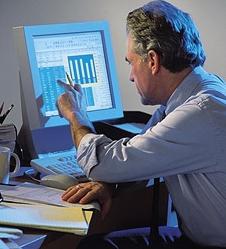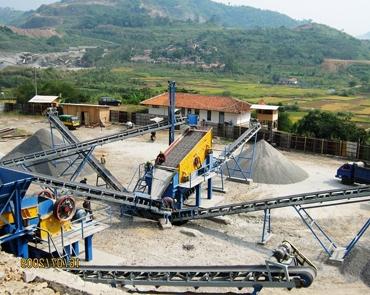Fixed assets are considered tangible and intangible assets that are used in the process of production of goods and services, while remaining in their original form. The fixed assets of the enterprise include various buildings and structures, warehouses, roads, devices that transmit various types of energy, vehicles, equipment for the production of goods or services, tools, green spaces.
The main features of fixed assets are:
1. The object is intended for the production of products or the provision of services.
2. The facility has been involved in the creation of goods or the provision of services for more than 12 months.
3. The object is not intended for resale.
4. The object must bring profit to the enterprise.
Fixed assets from the point of view of management accounting are divided into production and non-production. Analysis of fixed assets of the enterprise, as a rule, applies to those used in the production of products, that is, production. Non-productive ones include those that do not take part in the production cycle of production, however, they improve the state of the social infrastructure of the enterprise.

With a certain periodicity, the terms of which are set by management or owners, an analysis of the fixed assets of the enterprise is carried out. This analysis is intended for senior management of a company or enterprise, as well as for middle managers. It helps to understand how the existing production is provided with resources to produce the necessary volumes of production, how long fixed assets are used, to what extent they are involved in production, and what part of them requires replacement due to technical and moral wear and tear. In order to find out how the company is provided with fixed assets, an indicator such as capital-labor ratio is used. The rate of return on assets helps to understand how great is the return on the use of fixed assets used in production.

Analysis of fixed assets of the enterprise begins with a study of indicators of the availability of fixed assets, their movement and study of the structure of assets and its changes. Once the full picture of the presence and structure has been clarified, proceed with the next stage of the analysis. Analysis of the movement of fixed assets of the enterprise is used to determine which fixed assets continue to participate in the production cycle, which are decommissioned and which are to be decommissioned. Also, this analysis helps to solve financial issues about what financial costs the company will face for acquiring new funds or for complete re-equipment in order to improve product quality and the technological cycle.
All these indicators are calculated by the economic division of the enterprise. An analysis of the enterprise’s fixed assets by the department’s employees helps management make decisions such as the need to replace equipment, expand or reduce production volumes, efficient use of the enterprise’s capacities, the profitability of the enterprise as a whole and product profitability, increase or decrease jobs, the need to re-equip production capacities, or their complete replacement with new equipment for more efficient operation of the enterprise.